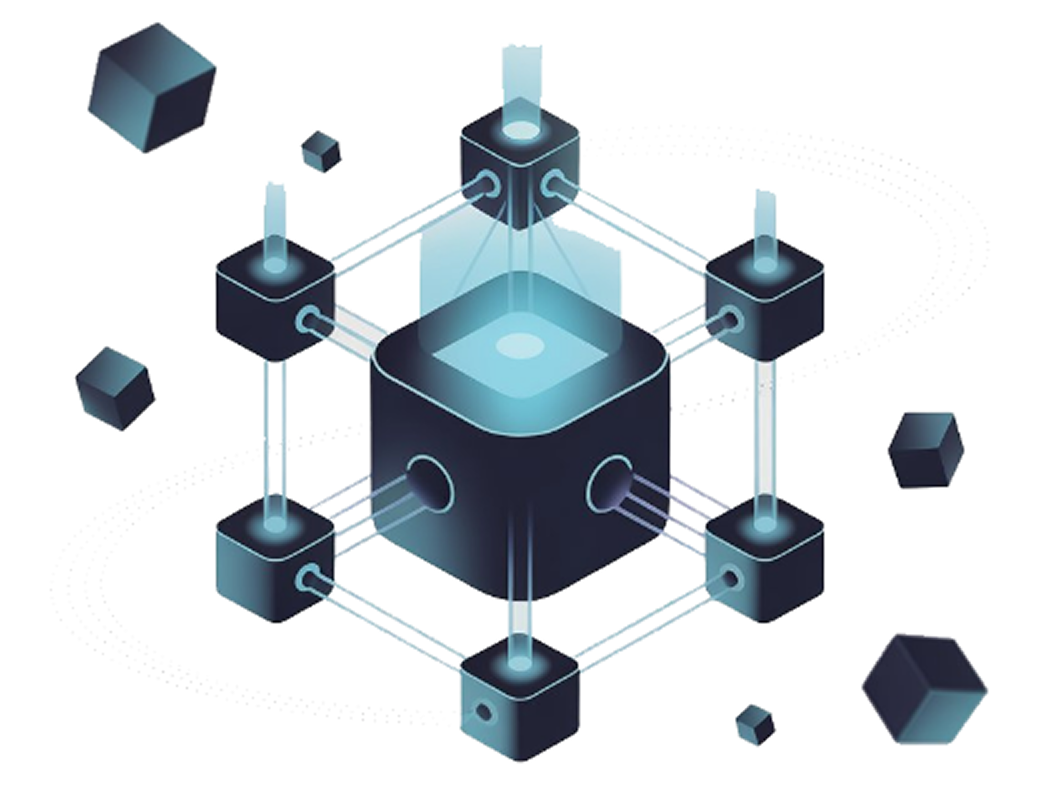
Subscription-based SaaS businesses have always faced the challenge of billing users fairly when they change plans mid-cycle. Proration – charging only for the portion of a billing period that a customer actually uses – is now a standard expectation. Yet, implementing proration in traditional systems often means complex logic, manual adjustments, and opaque accounting. Enter onchain subscription proration: leveraging blockchain smart contracts to automate, secure, and transparently record every adjustment in real time.

Why Onchain Proration Matters in Modern SaaS
Imagine a user on your $100/month SaaS plan who decides to upgrade to your $150/month tier halfway through their cycle. With onchain proration, your system automatically calculates the unused value from the old plan and credits it against the new charge – all governed by tamper-proof smart contracts. No more spreadsheets or support tickets; just seamless, fair billing visible to both parties at all times.
This transparency is not just a nice-to-have. As more SaaS platforms adopt decentralized infrastructure for recurring payments, customers expect clarity and auditability. Automated proration via smart contracts ensures you never overcharge or undercharge, protecting both your revenue and your reputation.
Defining Subscription Tiers and Billing Cycles
The foundation for accurate onchain proration is clear subscription tiers and billing cycles. Define each plan’s features, price point (e. g. , $100/month vs $150/month), and renewal intervals directly within your contract logic. This step is critical: without precise definitions on-chain, even the best proration formulas will fail.
Once you’ve mapped out your pricing model, encode these tiers into an Ethereum or Polygon smart contract. Each subscription event (creation, upgrade/downgrade, cancellation) is timestamped immutably on-chain. This not only eliminates disputes but also simplifies compliance reporting down the line.
Embedding Proration Logic Into Smart Contracts
The heart of onchain proration lies in smart contract automation. When a user changes their plan mid-cycle:
- The smart contract calculates how much time remains in the current period
- It computes the cost difference between old and new plans for just those remaining days
- If there’s unused value from the previous tier (like half a month at $100), it’s credited toward the new invoice
- The resulting invoice is posted transparently on-chain for both parties to review instantly
This approach mirrors best practices from leading SaaS billing engines like Chargebee or Paddle but with blockchain-level trustlessness and automation. For developers looking to implement this themselves or evaluate platforms like SubscribeOnChain. com, see our detailed walkthrough: How to Implement Onchain Subscription Proration for SaaS Billing.
Automating these calculations isn’t just about convenience; it’s about future-proofing your business model for Web3-native customers who demand control over their recurring payments.
Automated Payment Processing and Real-Time Invoicing
Once your proration logic is embedded, the next step is to streamline crypto payment processing. By integrating your smart contracts with established gateways like NOWPayments or TransFi, you enable automated, recurring billing in stablecoins or major cryptocurrencies. Every transaction is recorded directly on-chain, providing a tamper-proof ledger of all subscription events and adjustments.
This real-time invoicing capability means users can always verify what they’ve been charged for and why. As soon as a plan change occurs, the contract issues an updated invoice reflecting the prorated amount. No waiting for manual reconciliation or end-of-month statements; both SaaS providers and customers see their updated billing status instantly.
Solidity Function for Prorated Subscription Refund
To handle subscription proration in your smart contract, you need a function that calculates the unused portion of a subscription and determines the refund amount. Below is a simple Solidity example illustrating how to do this:
// SPDX-License-Identifier: MIT
pragma solidity ^0.8.0;
contract SubscriptionProration {
struct Subscription {
uint256 startTime;
uint256 endTime;
uint256 amountPaid; // in wei
}
// Calculate the prorated refund for a subscription cancellation
function calculateProratedRefund(
uint256 startTime,
uint256 endTime,
uint256 cancelTime,
uint256 amountPaid
) public pure returns (uint256) {
require(cancelTime >= startTime, "Cancel time before subscription start");
require(cancelTime <= endTime, "Cancel time after subscription end");
require(endTime > startTime, "Invalid subscription period");
uint256 totalDuration = endTime - startTime;
uint256 usedDuration = cancelTime - startTime;
uint256 unusedDuration = endTime - cancelTime;
// Prorated refund = amountPaid * unusedDuration / totalDuration
uint256 refund = (amountPaid * unusedDuration) / totalDuration;
return refund;
}
}This function takes the subscription’s start and end times, the cancellation time, and the total amount paid. It then calculates the unused duration and returns the prorated refund based on the unused portion of the subscription period.
Security, Compliance, and User Experience
With financial data moving on-chain, security and compliance are non-negotiable. Regular audits by trusted firms such as ConsenSys Diligence or CertiK help ensure your contracts are robust against vulnerabilities. Implementing encryption of sensitive off-chain user data, along with granular access controls for dashboards, adds another layer of defense.
From a user perspective, intuitive interfaces built with Web3. js or Ethers. js let customers manage their subscriptions effortlessly. They can upgrade, downgrade, or cancel at will, always seeing the prorated effect on their next invoice in real time. This level of control not only reduces support overhead but also builds trust in your platform’s fairness.
Best Practices for Onchain SaaS Proration
- Test edge cases rigorously: Simulate rapid plan changes, cancellations just before renewal, and overlapping upgrades to catch bugs early.
- Disclose proration rules clearly: Make sure users understand how charges are calculated mid-cycle to avoid confusion.
- Keep gas fees predictable: Optimize contract logic so that frequent plan changes don’t result in excessive blockchain transaction costs.
- Leverage modular contract design: Isolate proration logic so it’s easy to update as your pricing evolves.
If you’re ready to take a deeper dive into implementation specifics, including how to handle edge cases and optimize for gas efficiency, explore our step-by-step guide at How to Implement Onchain Subscription Proration for SaaS Billing: A Step-by-Step Guide.
The Competitive Edge of Automated Onchain Proration
SaaS providers who adopt automated onchain proration gain more than just operational efficiency, they build customer loyalty through radical transparency. In an environment where every subscription event is verifiable on-chain and disputes are resolved by code rather than negotiation, trust becomes a core selling point.
This approach also sets the stage for advanced features like usage-based billing or dynamic pricing models, all handled autonomously by smart contracts. As blockchain adoption accelerates across industries, platforms that deliver seamless recurring payments with fair proration will be best positioned to capture emerging Web3 markets.
The future of SaaS billing is decentralized: automated adjustments, transparent invoicing, and absolute clarity for both business and customer, all powered by programmable money. Start building smarter subscription models today by leveraging onchain proration tools designed specifically for SaaS innovators.



